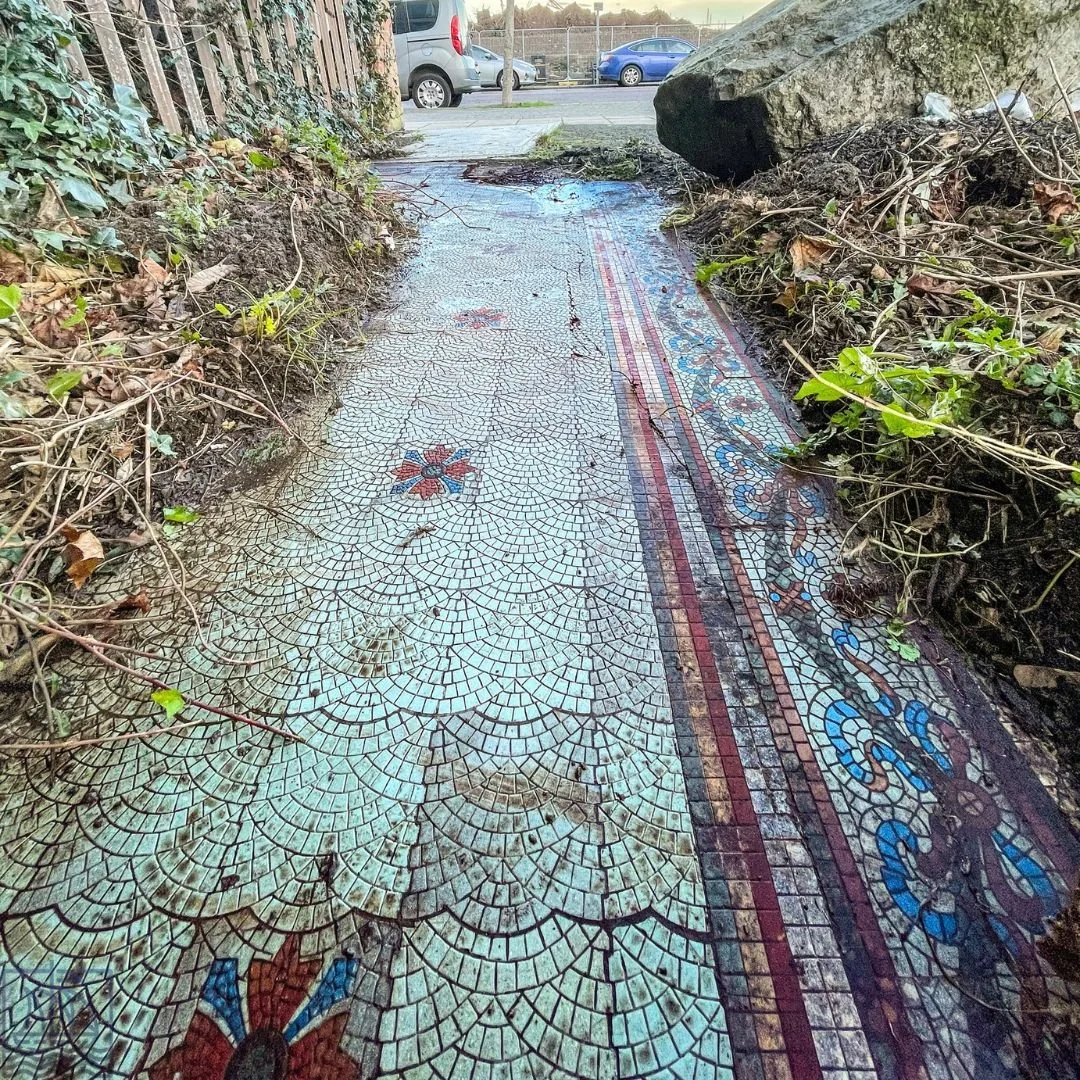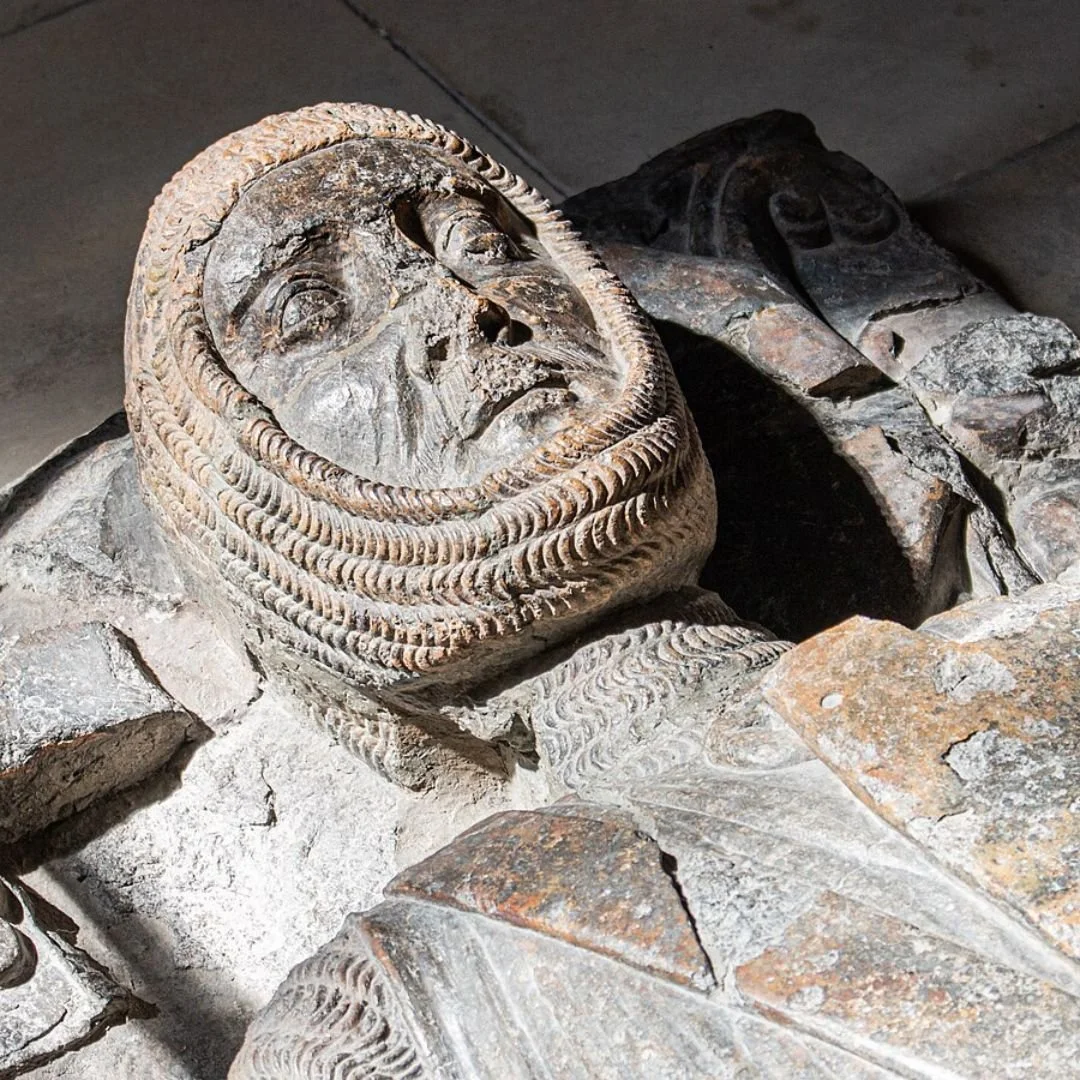Althorp House: Childhood Home And Burial Of Princess Diana
Althorp House, an exquisite stately home in the heart of Northamptonshire, was the childhood home of Lady Diana, the ‘People’s Princess.’
Princess Diana is widely regarded as one of the most loved and famous members of the British royal family, remembered for her kindness, grace, and deep connection with people around the world.
This 17th century estate is forever associated with her, and it’s where she first met Charles.
Following Diana’s tragic death in 1997, she was buried here, on a secluded island within the estate's Round Oval lake - closed off to the public.
Diana Frances Spencer was born on July 1, 1961, at Park House on the royal Sandringham Estate in Norfolk.
She was the fourth of five children born to Viscount and Viscountess Althorp (later the 8th Earl and Countess Spencer).
Her family’s heritage was already entwined with British royalty and aristocracy; the Spencers are one of the most ancient and prominent families in the country, and their ancestral home has been Althorp for over five centuries.
It was in 1975 that the family moved permanently into Althorp.
Following the death of her paternal grandfather, Diana’s father inherited the title, becoming the 8th Earl Spencer, and the family seat officially moved from Park House to the historic stately home.
At 14 years old, Diana began her adolescent years within these grand, historic walls.
She would reside at Althorp as her primary residence for approximately six years, living there throughout her late teens and early adulthood until her engagement and subsequent marriage to Charles, Prince of Wales, in July 1981.
The future Princess of Wales first met Prince Charles in November 1977 at the house, while Charles was a guest of Diana’s older sister, Lady Sarah Spencer, whom he was dating at the time.
Diana, then just 16 years old, recalled later that they "sort of met in a plowed field" during a grouse shoot on the estate.
Though their initial meeting was brief, Charles reportedly found her to be a "jolly and amusing and attractive 16-year-old", it wasn't until three years later, in the summer of 1980, that their relationship took a serious turn.
They reconnected at a mutual friend's house party, where Diana offered comfort to the Prince, who was grieving the recent assassination of his beloved great-uncle, Lord Mountbatten, an exchange that quickly sparked their whirlwind romance.
Prince Charles proposed to Diana in February 1981, meaning they had been seeing each other for only about six months before their engagement was announced.
They only met in person a small number of times, reportedly just 13 times, before their proposal. Charles and Diana were soon married on July 29, 1981.
Their marriage lasted 15 years, but after years of incompatibility and extramarital affairs on both sides became public, they formally separated in December 1992.
The couple's divorce was officially finalised on August 28, 1996, just one year before Diana's tragic death.
Diana’s early life at Althorp
Built in 1688 and set amidst 13,000 acres of meticulously maintained parkland, Althorp has a collection of rare art, ceramics, and furniture.
For Diana, it provided a backdrop of both splendour and tradition, a setting that contrasted sharply with the more formal confines of royal life she would later enter.
The estate's atmosphere, with its vast grounds and historical weight, undoubtedly shaped the young woman who would become a global icon.
The current custodian of Althorp is Charles Spencer, the 9th Earl Spencer, Diana's brother, who has dedicated himself to preserving both the home and his sister's memory.
The current custodian of Althorp is Charles Spencer, the 9th Earl Spencer, Diana's brother, who has dedicated himself to preserving both the home and his sister's memory.
Following the tragic and sudden death of the much loved Princess of Wales, in a car crash in Paris in August 1997, the world mourned.
The public outpouring of grief was unprecedented, cementing her title as the "People's Princess."
The decision of where to inter her remains was made carefully, prioritising privacy, dignity, and security.
It was determined that she should be laid to rest on the family estate she knew so well, far from the glare of public life, yet accessible enough to her family.
The chosen location is a serene and profoundly beautiful spot: a secluded, small island in the centre of Althorp's ornamental lake, known as the Round Oval lake.
"We decided that the island was the safest and most beautiful place to bury Diana," said Earl Spencer at the time.
"Away from the public gaze, but where her grave could be visited in privacy by her family."
A path of 36 oak trees, each marking a year of her life, leads to the lake. The site is a sanctuary, ensuring that Diana's final rest is uninterrupted.
While the public can visit a memorial site and exhibition at Althorp, the island itself remains strictly private, respecting the family's need for a secure and personal place of mourning.
It’s lovely that she finally get to rest in peace, because Diana navigated a life defined by a painful paradox: her overwhelming global popularity, which cemented her status as "The People's Princess," came at the cost of any meaningful private life.
From the moment she became engaged, she was thrust onto the world stage as the most photographed woman alive, her every movement, whether it was her humanitarian work or her personal struggles, documented, scrutinised, and often sensationalised by an insatiable media.
While she masterfully learned to use the spotlight to champion causes like AIDS awareness and landmine removal, the relentless pursuit by the paparazzi was an exhausting, destructive force that ultimately intensified her feeling of being a hunted figure, eroding her ability to simply exist as a mother and an individual.
The Princess's enduring desire was to find a measure of normalcy and peace away from the crushing pressure of the press and the constraints of royal life.
Her tumultuous marriage and subsequent divorce were played out on a public, global stage, making any attempt at refuge feel temporary and futile.
This deep yearning for a life unexamined led her family to make the highly symbolic decision for her final resting place: a private island at her childhood home of Althorp.
Isolated and accessible only by the removal of its bridge, the island offers a powerful statement that, in death, Princess Diana finally achieved the privacy and peace that was so cruelly denied to her in life.
She remains one of the most remembered, discussed, and influential figures in modern history.
Even decades after her death, her legacy continues to resonate globally, influencing culture, royalty, and philanthropy.
If you enjoyed this blog post, please follow Exploring GB on Facebook for daily travel content and inspiration.
Don’t forget to check out our latest blog post below!
Thank you for visiting Exploring GB.



















